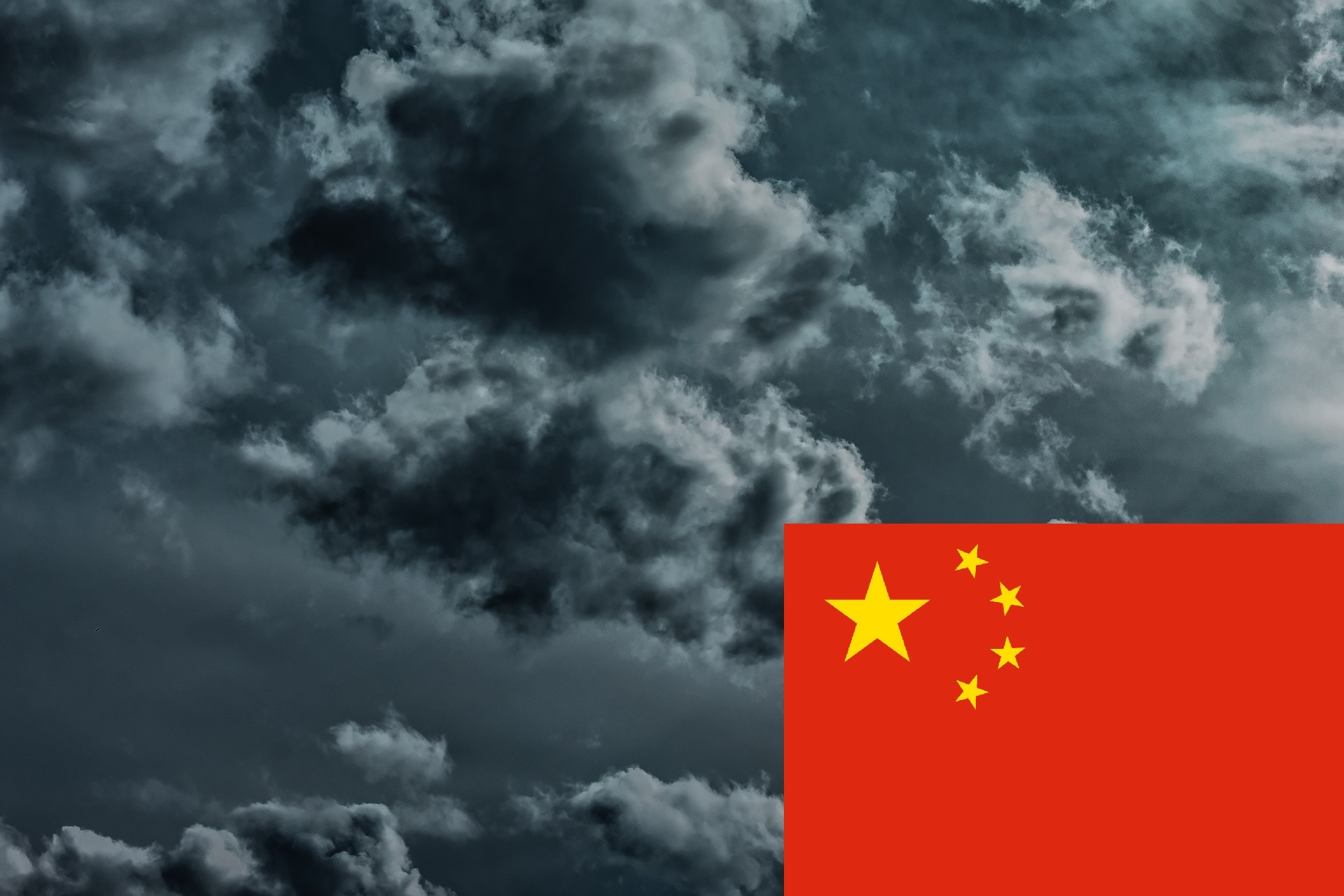
China is testing the possibility of building a large-scale military-tech based climate modification system to provide water for Tibet, one of the driest places on earth. Unlike the familiar methods of using planes, cannons and drones to blast silver iodide into the atmosphere, the Chinese are conducting trials focusing on solid fuel burning chambers which produce the same seeding agent. Some 500 chamber units have already been deployed on the Alpine slopes of Tibet by the state-owned China Aerospace Science and Technology Corporation. A single chamber can produce a thick strip of clouds across more than 5km, but tens of thousands of units would be needed to cover the whole 1.6 million square kilometers of the plateau- making this future-venture the biggest in the world.
The technology used in the chambers is military-grade and was designed by space experts from the corporation. Based on rocket engines, the chambers will safely and efficiently burn high-density fuel in the mountainous oxygen-scarce environment of the Tibetan alps, releasing only vapors and carbon dioxide. The chambers will be guided by data collected from weather satellites over the Indian Ocean, communications and electronics will be powered by solar power and the whole system could be controlled through a smart-app, thousands of kilometers away. It can operate in a near-vacuum environment for months or years without maintenance. Surprisingly, it’s a cheaper solution than other climate modification systems based on planes and drones, but less dependable since the chambers use drafts climbing up the mountain to spread the iodide into the clouds. And yet, despite being mostly chamber-reliant, the Chinese venture promises to increase the water supply of Tibet by 5 to 10 billion cubic meters a year, around 7% of China’s total water consumption.
